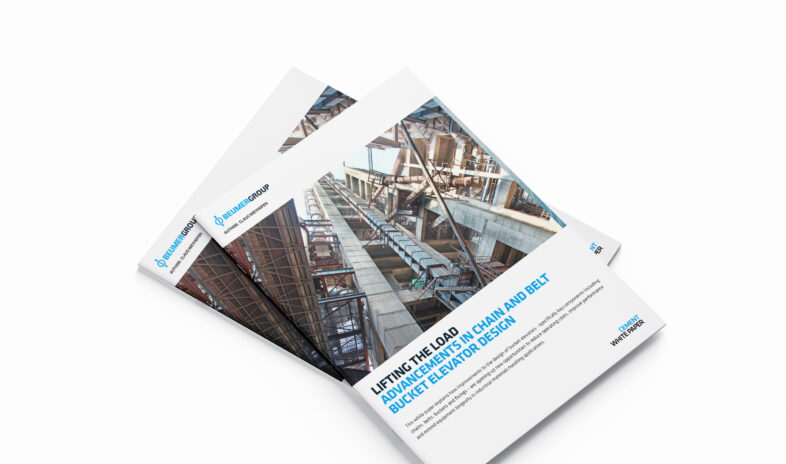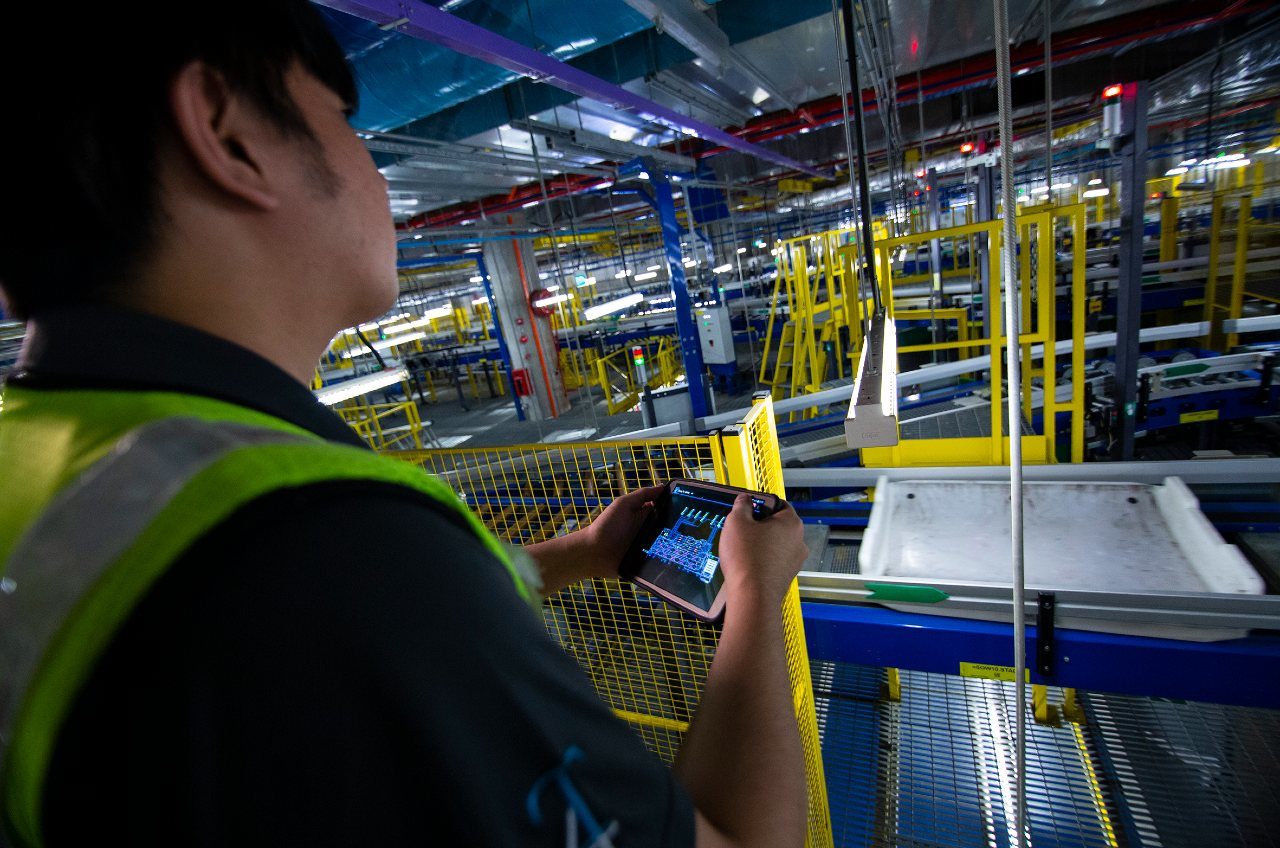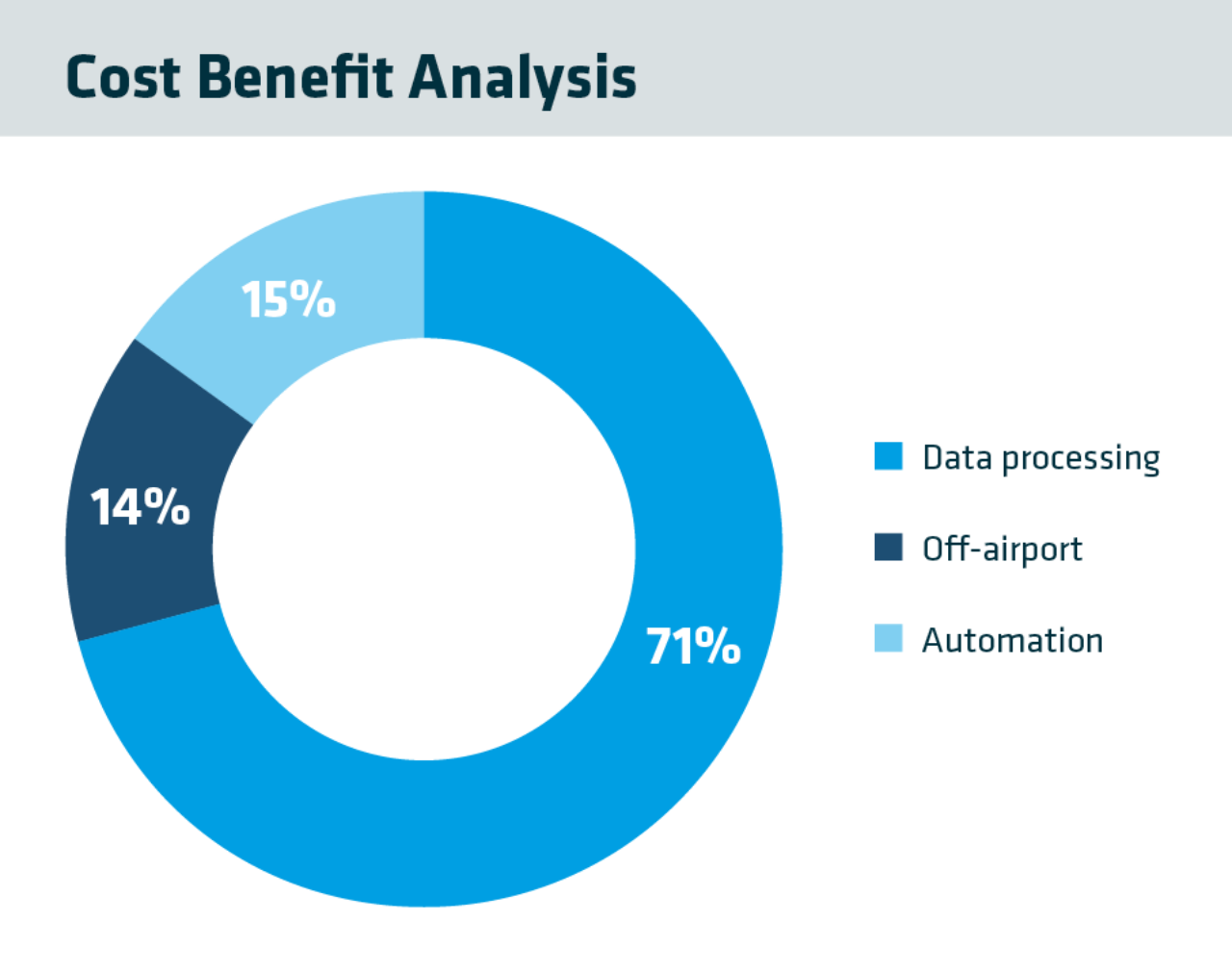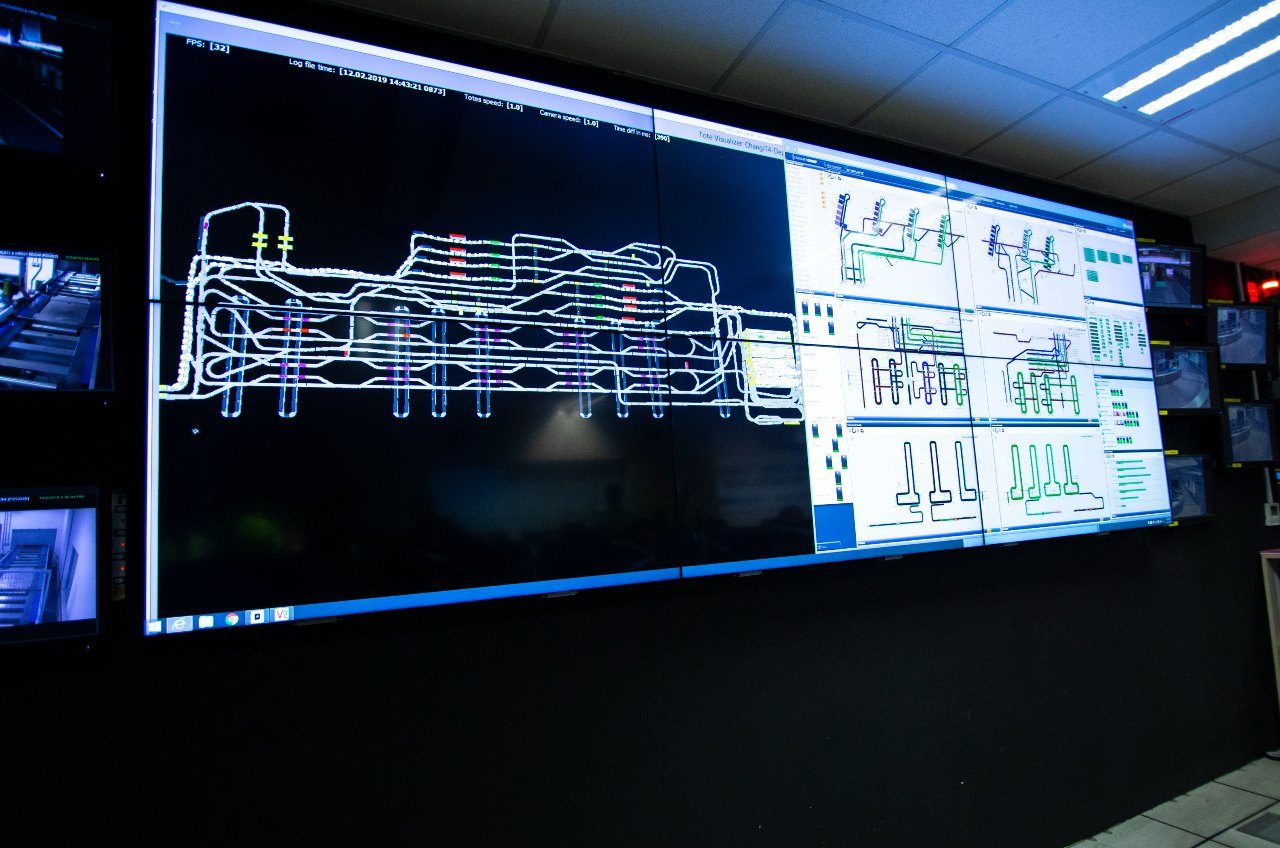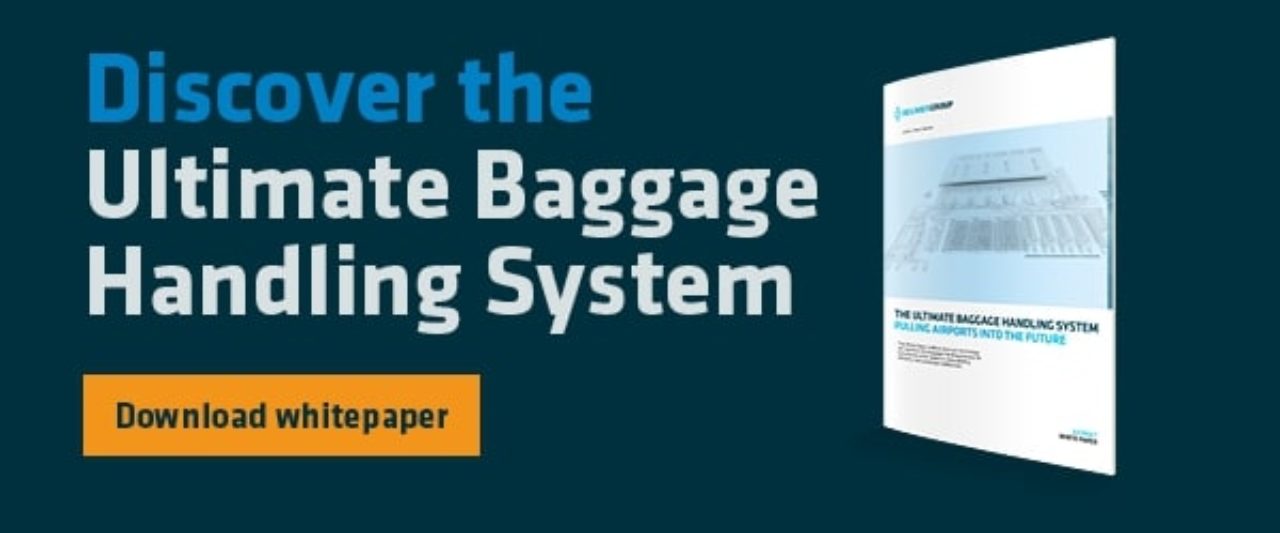Digital twin: The airport’s new best friend
A digital twin is a digital replica or a digital overlay of the airport’s physical operation which many airports are already developing and using. Airports are using sensor technology and intelligent camera technology, for example, to build information repositories in order to gain better understanding of what’s going on in real time.
What does this mean for BHS operators? With a digital twin, BHS professionals can gain a full overview and understanding of how their actual system and processes look and function in the physical world and how different options and scenarios will likely impact OPEX costs.
Replicating operations in a digital environment means that BHS operators are able to plan BHS changes and broader transformations more effectively. It also means they are able to course correct operations, both in real time and for predictive purposes.
Leveraging airport big data to improve airport efficiency
Using digital twins to help drive airport operational efficiency is only possible by leveraging airport big data and using airport data analytics. In fact, a recent cost benefit analysis of three aspects of airport operations – data processing, automation and off-airport functions – showed that improved data processing is the key driver expected to deliver the most long-term economic value for airports.


